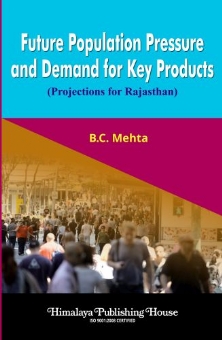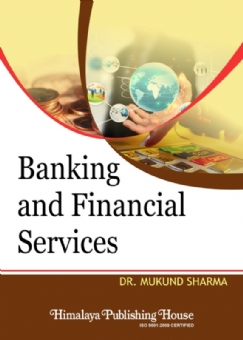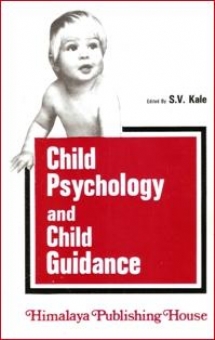I have often been perturbed by the general attitude towards rapid population growth in India. To the politicians and government officials, the so-called population explosion affords alibi for slow economic growth, accentuating poverty and receeding horizon of the promised dreamland. Hence, along with corruption and black money, it is the most talked about topic in the country. This concern shown by all concerned and unconcerned is reflected in weighty, often intricate and, more often, irrelevant deliberations at seminars and conferences as also in the extensive coverage given, in good or bad taste, by the official media, specially Akashvani and Doordarshan, to family planning programs. However, while talking about it, the community of politicians, officials and academicians seems tci be talking out the problem. No serious attempt is made to understand the undeilying phenomena. The problem has, therefore, been transformed into anexclusively administrative one of fixing and achieving targets of various family regulation methods. This over- simplification of the problem is bound to lead to the failure of public policies. It is seldom realised that this targetological-compaignological and purely administrative approach cannot be a substitute for the required institutional: structural changes in the economy. Similarly, the policy-makers have no idea of the consequences of different aspects of population growth. Therefore, at the state level planning, population factor and its various aspects have not been integrated with planning.
Contents –
1. Introduction
2. Population Projection for Rajasthan
3. Age-Sex Specific Projections of Population in Rajasthan Using Model Life Tables
4. Engel Elasticities for Rajasthan
5. Alternative Growth Scenarios and Household Consumption in Rajasthan in 2001 A.D.
6. Implications of Projected Demand : Output, Employment and Occupational Distribution in 2001
7. Summary and Conclusions
Bibliography







